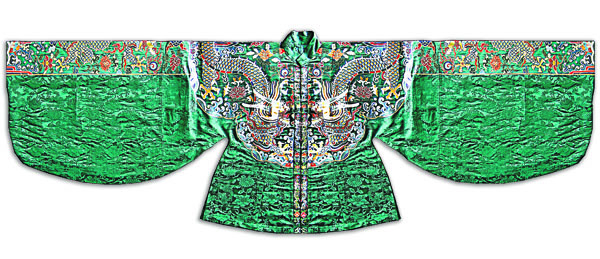

Silk has always been interwoven with the nation's history, and the textiles that employ the fine material remain sought after the world over — arguably, none more so than hangluo gauze, Xu Haoyu reports.
Editor's note: There are 43 items inscribed on UNESCO's Intangible Cultural Heritage lists that not only bear witness to the past glories of Chinese civilization, but also continue to shine today. China Daily looks at the protection and inheritance of some of these cultural legacies. In this installment, we admire a much-coveted textile that threaded its way to every corner of the globe.
"The sun, the sun, like a golden shuttle; the moon, the moon, like a silver shuttle. They are handed to you and also to me, to see who weaves the most beautiful life," goes a popular song from the last century named The Golden and Silver Shuttles.
It was common back then, but relatively rarely seen now, to use the loom shuttle to metaphorically describe the passage of time; and through numerous small workshops and skillful hands, the resources bestowed by nature were transformed into useful and exquisite items for daily life.
The production of silk involves the cultivation of mulberry trees and the breeding and care of silkworms, which produce cocoons from which silk filaments are unwound. It is one of the things that, even today, remains firmly archaic — continuing to exist in a time when patience was not a scarce resource.
People have been weaving silk, which is known as si in Chinese, into fabric for more than 5,000 years.
Once upon a time, when spring transitioned into summer, the Grand Canal, a vast waterway system connecting Beijing and Hangzhou in today's Zhejiang province, presented a bustling scene. Countless boats traversed the waterway, transporting exquisite fabrics. This precious cargo would take two months to reach the capital city, where they would be transformed into cool and lightweight robes, and worn as the favored attire of officials and nobility.
Living Heritage: Chinese Silk Craftsmanship